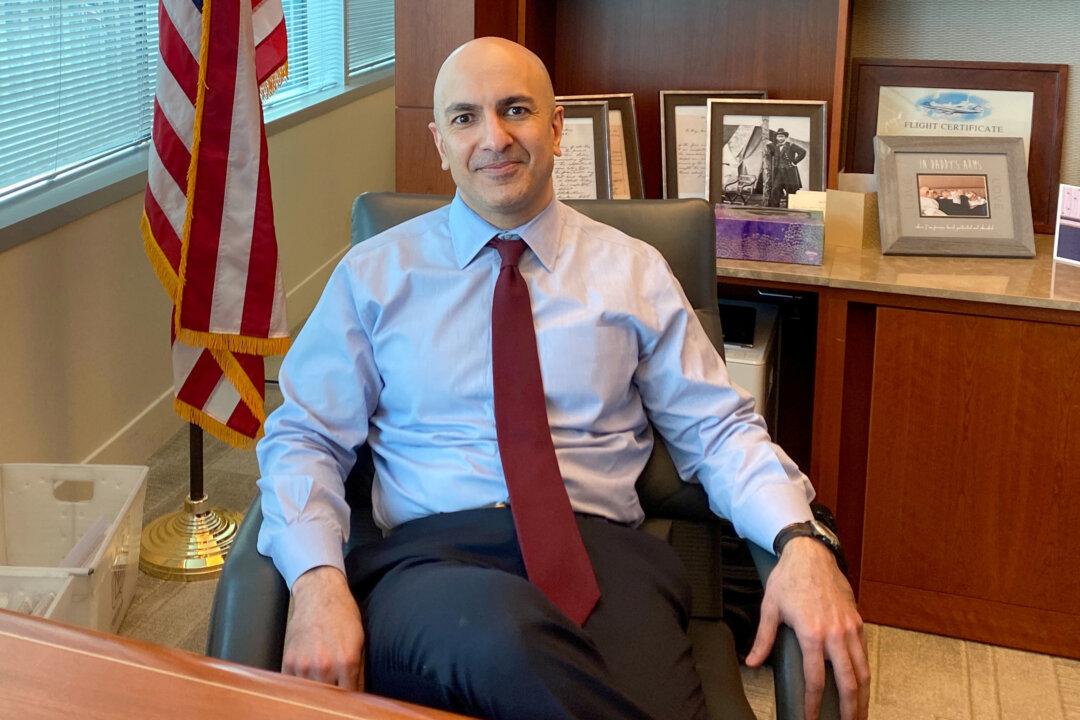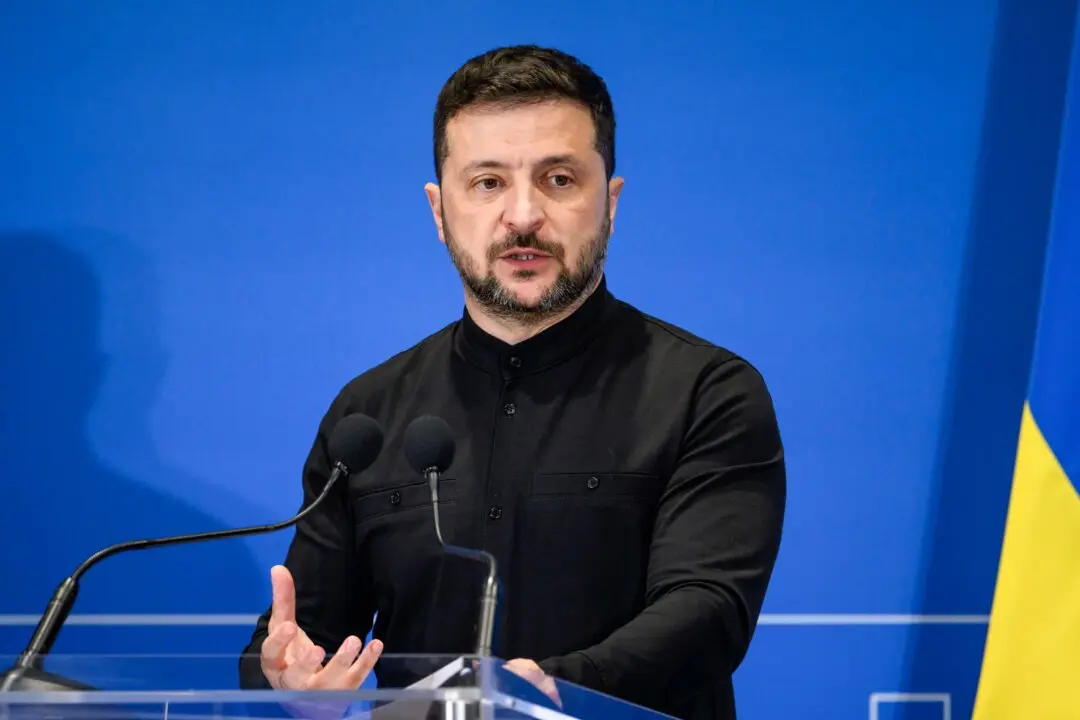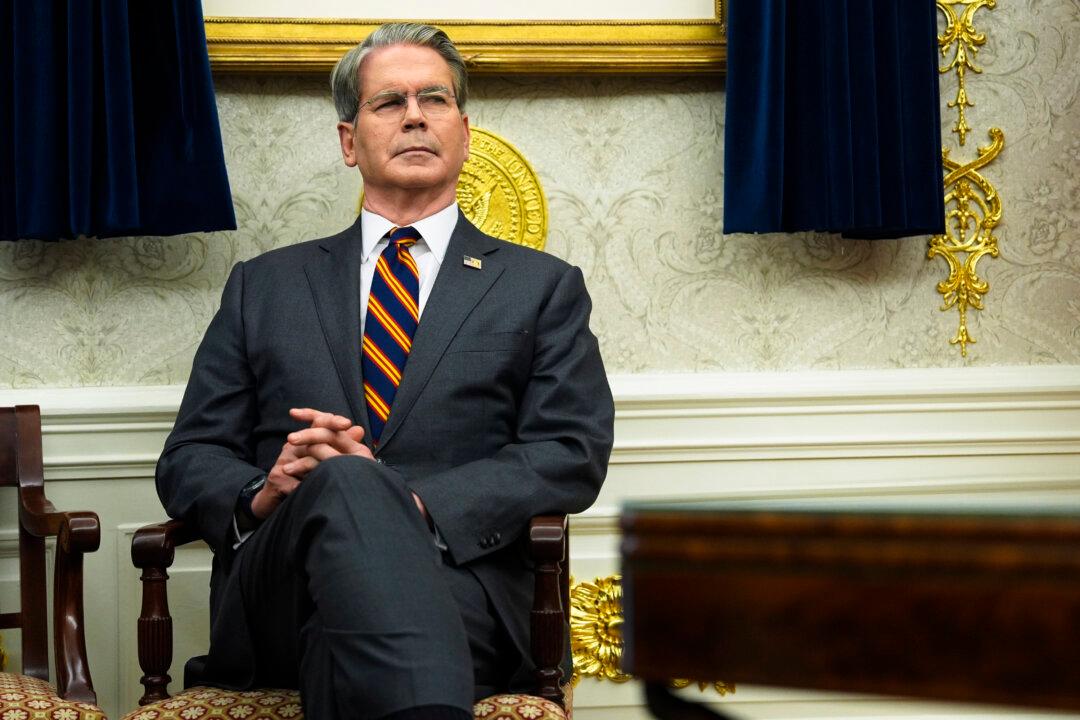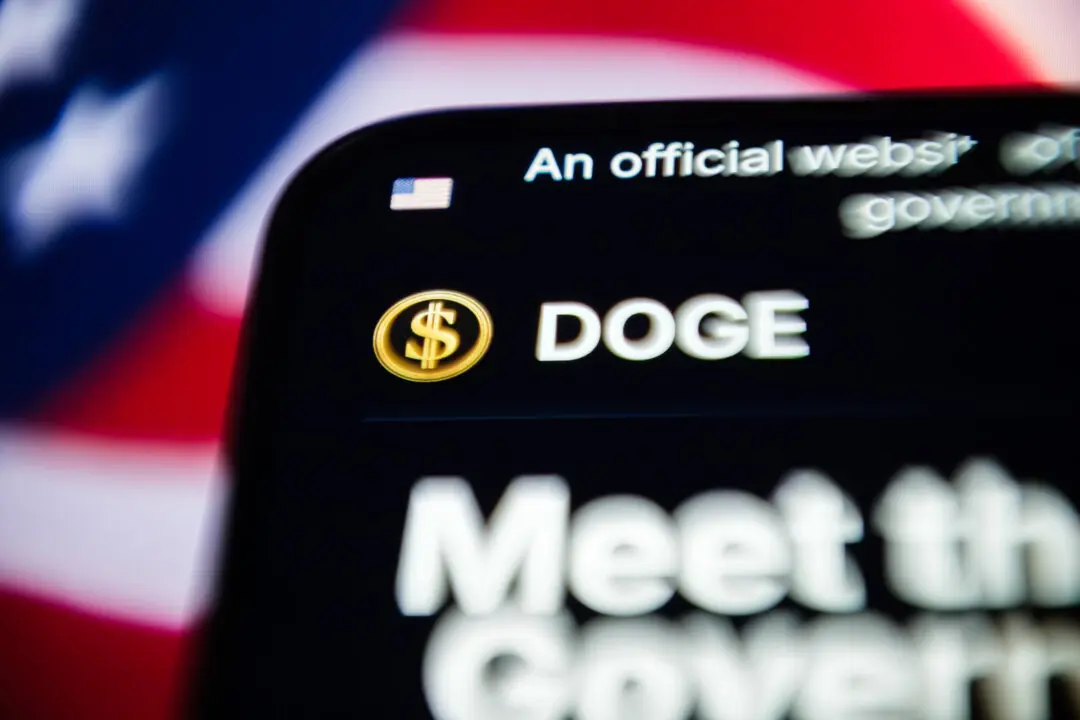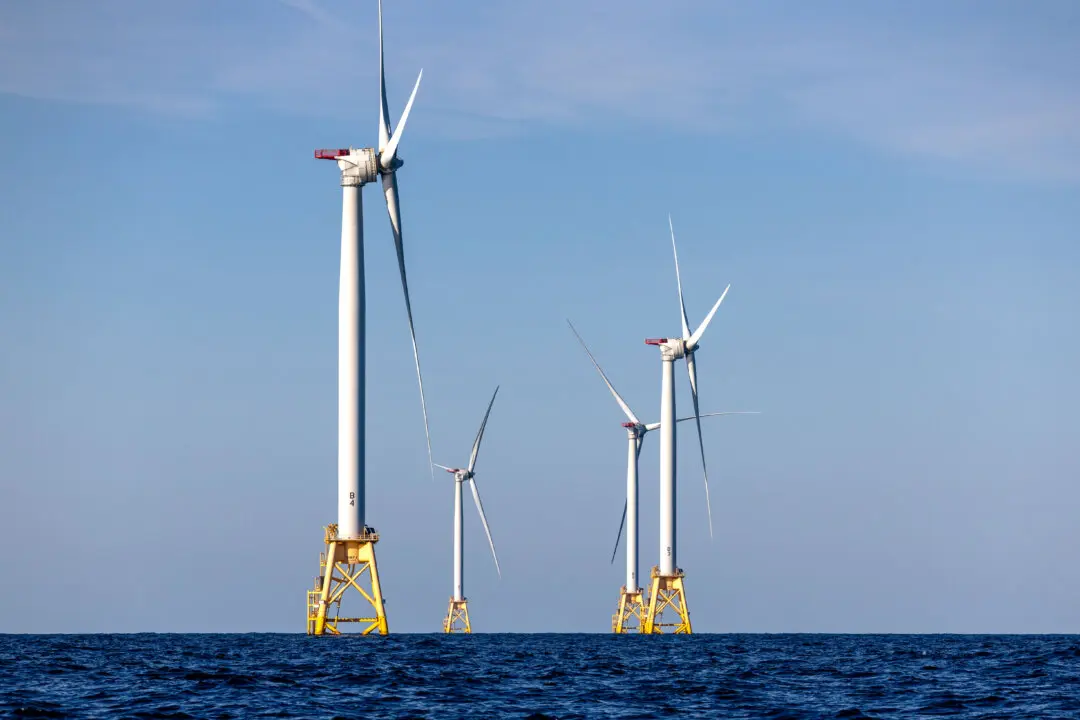Minneapolis Federal Reserve Bank President Neel Kashkari, one of the central bank’s most dovish policymakers, said Sunday that he expects inflation to stay elevated—and possibly even accelerate—over the next several months before starting to trend down.
Kashkari, who in September was the Fed’s only policymaker to call for leaving rates at their current near-zero level until 2024, told CBS News’ “Face the Nation” in an interview that “the math suggests we’re probably going to see somewhat higher readings over the next few months before they likely start to taper off.”
